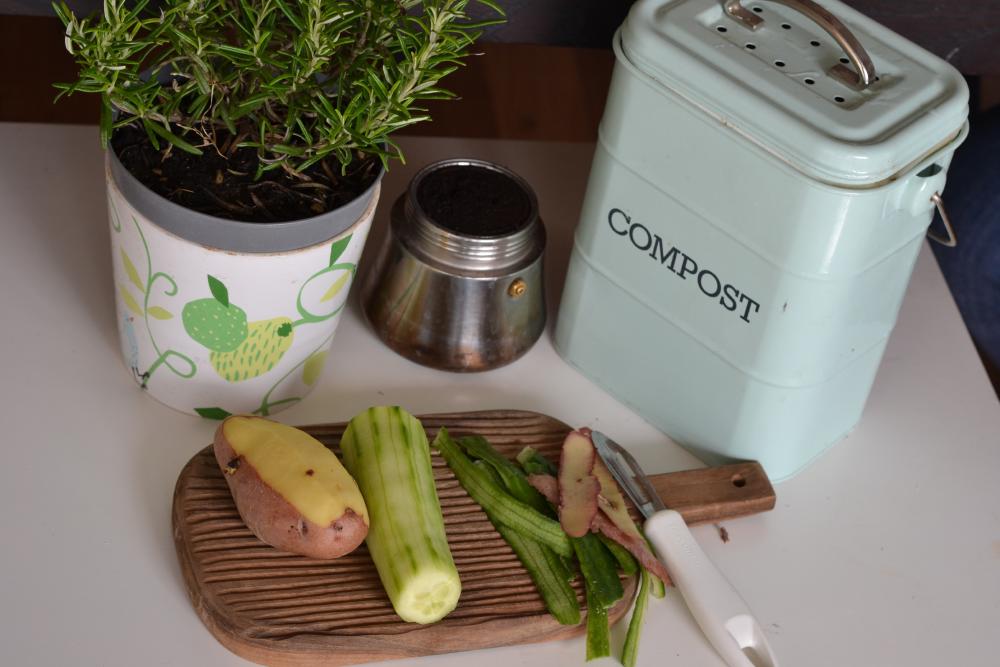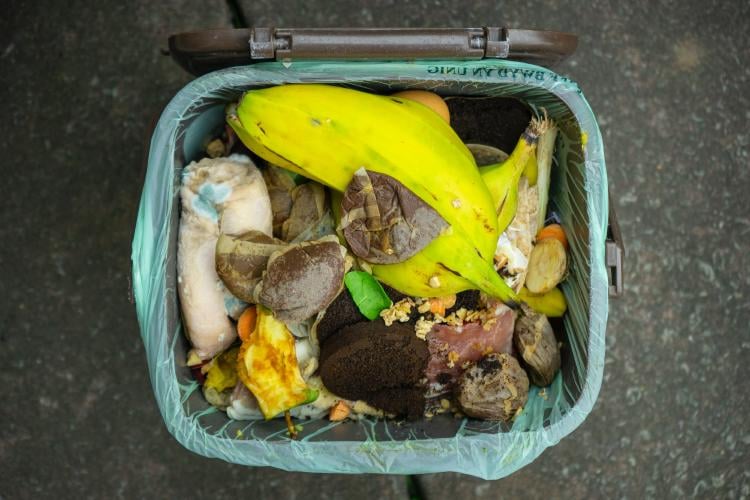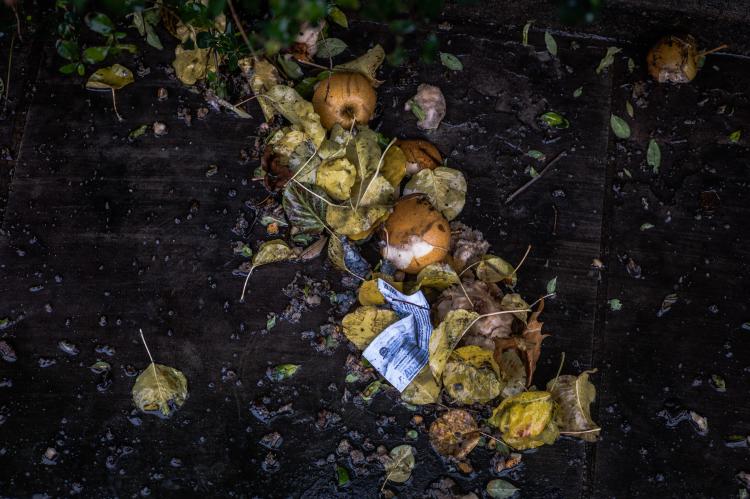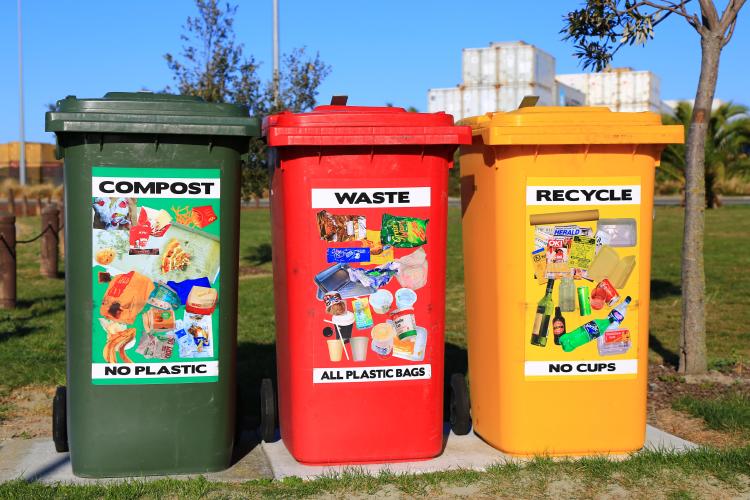
Did you know that most of our food waste produce a greenhouse gas called methane? And did you also know that you can prevent this by doing just a little every day? Indoor Composting, I bet you all might have heard about Composting but if not here’s the ultimate tips and tricks to do some successful bin indoor composting at home that might just change your days. Check this article to find tips and tricks to start a successful Indoor Composting.
Composting is basically putting your food to re-use instead of just tossing it away. When food waste lands in the soil and starts decomposing it emits methane which is a greenhouse gas. By composting you can reduce your carbon footprint and create, at the same time, a nutrient-filled substance that enriches the soil. Food scraps are about the 30 percent of the total of waste a person produces and most of it could definitely be reused for composting.
When Composting the microorganisms uses the oxygen, nitrogen, carbon and water to break down the scraps and turning it into nutrient rich humus or compost. This can be done with or without the help of living being such us worms.
Believe it or not Composting is indeed simple and it can help you have your plants healthier while reducing the need for chemical enriches. In other words, it is an eco-friendly home-made fertilizer. There are different ways of composting, it is misbelieved that you can only compost outdoors but in this article you´ll find out that it is really simple to compost indoors as well.
Either if it is outdoors, vermicompost or indoors the number of advantages alongside composting are great. Let´s check them out.

Not having a big backyard is no impediment for start composting, you can start by doing it indoors. There are different options to start with. You can get a special indoor bin to star putting all your organic waste there or you can use a worm composter or vermicompost, this means that worms will help you decompose the waste, making it faster.
Either way you will need an appropriate compost bin to chuck all your waste on it and you should have any smell or bugs issues, as many might think. You can also collect all your scraps and take them to a local composting site. Indoor composting is great for those living in cold areas, in order to keep your compost nurtured, it need to be kept away from cold temperatures. Moreover, you don´t have to have much space to do indoor composting, as you might need for the outdoors ones.
There are three basic concepts that you need to know before composting: Browns, Greens and Water. Browns are, for example, fallen leaves or branches that emits carbon. We refer to Greens when we are talking about food scraps and all the items that help producing nitrogen. And then, there is Water, which will be used as a moisturizer for our compost. It is a rule that our compost has equal parts of Greens and Browns to be rich in nutrients.

The best bins to start composting are either lidded plastic bins, garbage cans or wooden crates. You can get one of this in any hardware store, gardening supplies market or do it yourself. Either way you need to pay attention to the size of the container, as it needs to be small enough to enter inside the space you´d like to storage it but big enough to support the amount of food scraps you waste per week. For example, if you are a family of four, it is suggested that the bin is around eighteen gallons. If you are solo, you should be fine with a five-to-ten-gallon bin.
Another thing that you need to think about is the fact that composting bins need oxygen and airflow to decompose properly. So, your bin needs equally distanced holes in the bottom, from twenty-five to thirty-six inches holes, and in the lid as well. On the sides you will have to make two horizontal rows of holes one and a half inches apart from each other. Once it is ready you need to place your bin into a bigger container so it can accumulate the water drained from the bin. You need to empty the tray of water at least once a week. Keep an eye on it otherwise it can rot!
When picking a composting bin, you need to think also about the features that you are looking on it. There are special bins made for worms composting and others focused-made on the fermentation process. If you eat meat and fish you might want to have a smell-proof bin, as this item tends to ferment with a stronger smell. There are other bins that have different compartments and drawers to help you separate food scraps better as well. Moreover, you must know whether if you want to compost yourself or just collect composting. This is also relevant when picking up a bin.

These articles can help you: How to choose the best Compost bin for your kitchen and A Complete Review List of Best Options for Indoor Composter
Simply choose what you would like to compost by following the equal parts greens and browns rule. The list of things that you can compost is surprisingly long despite what most people think. You can compost items from food scraps to newspapers and even old Christmas trees! If you are unsure of composting items, you can check The Complete Guide on How to Compost at Home.
What you should definitely avoid when Indoor Composting is dairy and dog waste. Both items are known for having too much bacteria that might ruin your composting. Also you might want to avoid anything that have been previously splashed with chemical fertilizers or pesticides as it can affect your compost.
The most common issues that you might find when Indoor Composting are potential leaking and bad smell. That´s why it is really important to choose the right bin for indoor composting. These two issues can be easily fixed but it is vital that your compost bin is kept inside and out of the way. You don´t want it to be kicked while someone´s walking.
You can keep a stash of paper close to the bin and add it once or twice a week, so your compost does not become mushy.
You can mix the bin every now and then, so you help the microorganisms do their job faster. It is easier if you use a shovel for this.
Here´s the full article about Composting Problems: Types and How to Deal with them.
There are different ways of using you compost when its ready. Here are some of them:

So, you are ready to start your own Indoor Composting. You can always come back to this guide for tips and tricks. Choose your bins wisely as they will be crucial for your compost to succeed. Remember to keep it moist and learn which items you can and cannot put inside it. After doing all of this you should be able to start using it the way you like it. Have fun while reducing your carbon footprint!